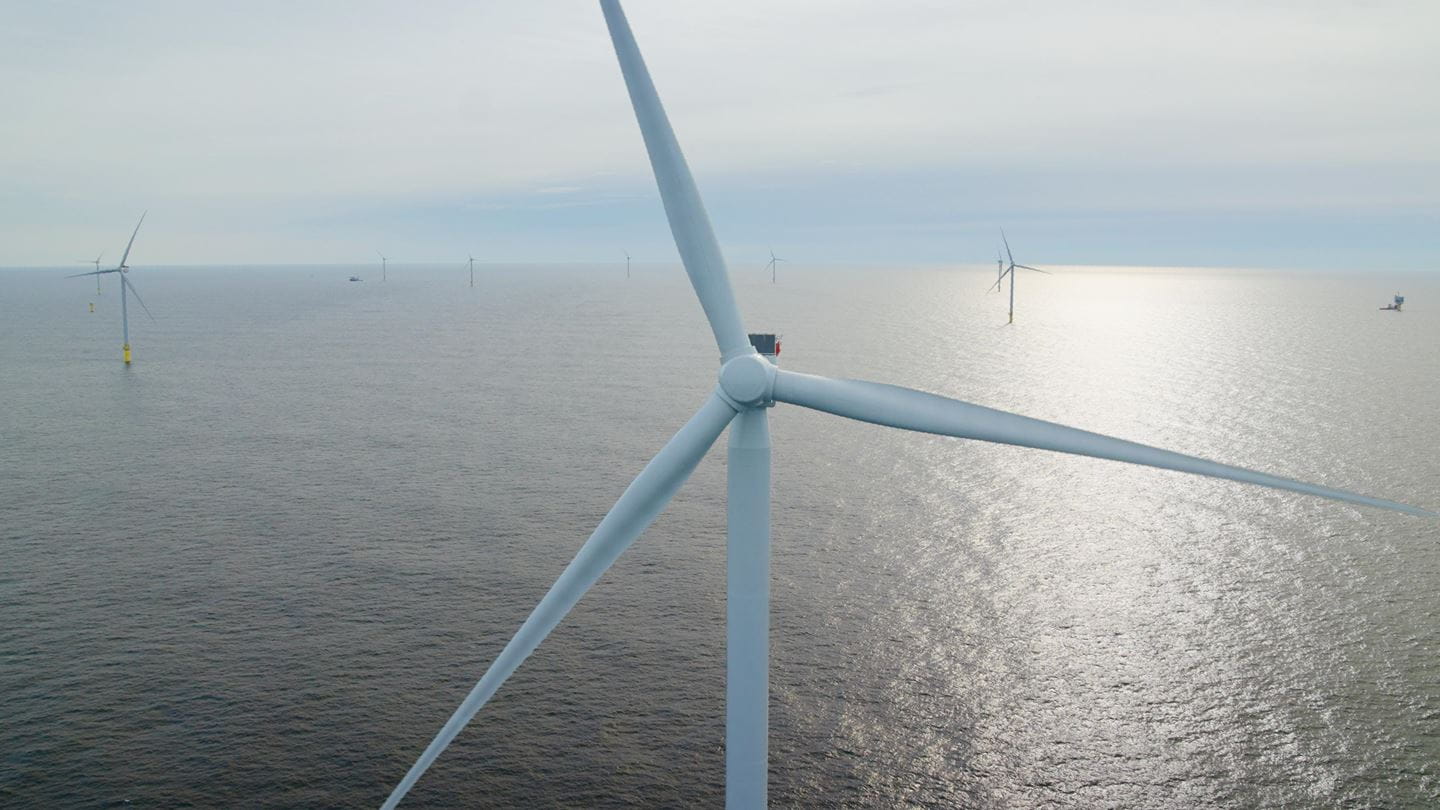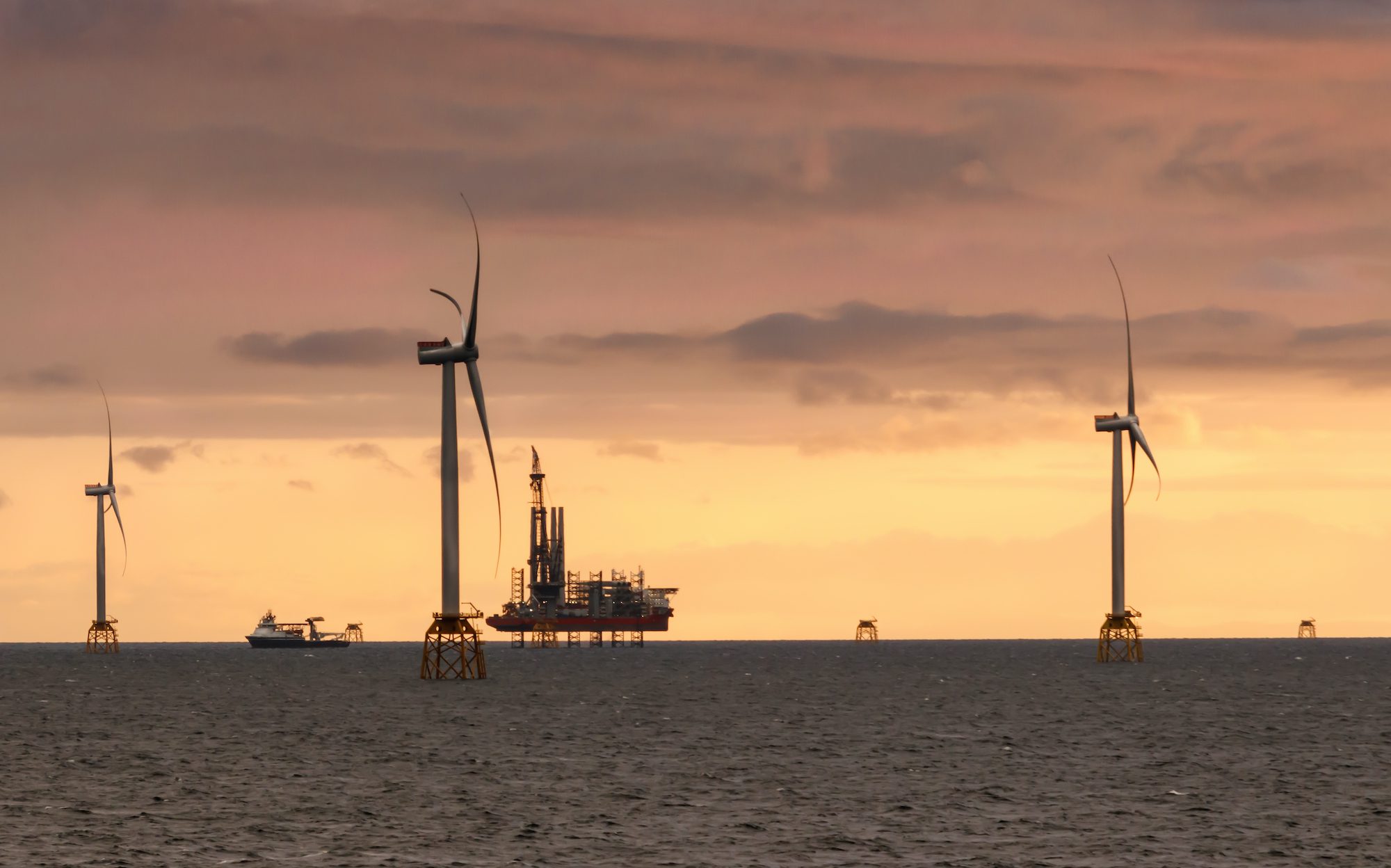(Bloomberg) —
Off the coast of Mississippi, a startup has completed its first floating platform for offshore wind turbines. Aikido Technologies Inc.’s solution would allow companies to deploy traditional turbines further from land, where the wind tends to blow stronger and more consistently, and the company sees the Mississippi deployment as a big step toward commercialization.
But despite being US-based and backed by the federal government, Aikido isn’t banking on the country to be its main or even a major market for its technology due to the industry’s challenging economics domestically. President-Elect Donald Trump has also been openly hostile toward offshore wind.
Aikido’s floating platform cuts construction time in half compared to conventional platforms, according to the company. It does so in part because its unique steel structure can be assembled with no welding involved, said co-founder and Chief Executive Sam Kanner. The startup developed its novel approach with support from tech incubator Otherlab, Bill Gates’ Breakthrough Energy Fellows program and the Energy Department.
About two-thirds of US offshore wind resources are in waters too deep to tether turbines to the seabed — the traditional approach — according to the Energy Department. Some states, notably California, see floating offshore wind as a means to overcome that barrier and power millions of homes.
Trump, though, has vowed to stymie offshore wind on day one via executive order and nominated a fracking boss who has expressed opposition to renewable subsidies to lead the Energy Department. Kanner expects projects awaiting approval in US federal waters will be “delayed for some time.”
The industry is also battling supply chain issues and inflation in the US. Large projects in New York and Connecticut have been canceled or delayed, despite the Biden administration prioritizing offshore wind.
Rather than waiting for a shift in US politics or improving economic conditions, the California-based startup sees development abroad as the key to its success.
The offshore wind sector has enjoyed consistent support, high price caps and favorable incentives in countries like Scotland, which also boasts a large workforce and has high resource development potential, Kanner said, adding that “it really feels like the market’s going to take off there in the next couple of years.” The country currently has about 3 gigawatts of offshore wind capacity, and areas off the coast could host about 5.4 gigawatts of floating wind, according to data from BloombergNEF. A gigawatt of power is roughly equal to the output of a nuclear power plant.
Aikido is also eyeing France, Japan, Taiwan and South Korea as part of its expansion plans.
© 2024 Bloomberg L.P.

 Join The Club
Join The Club











